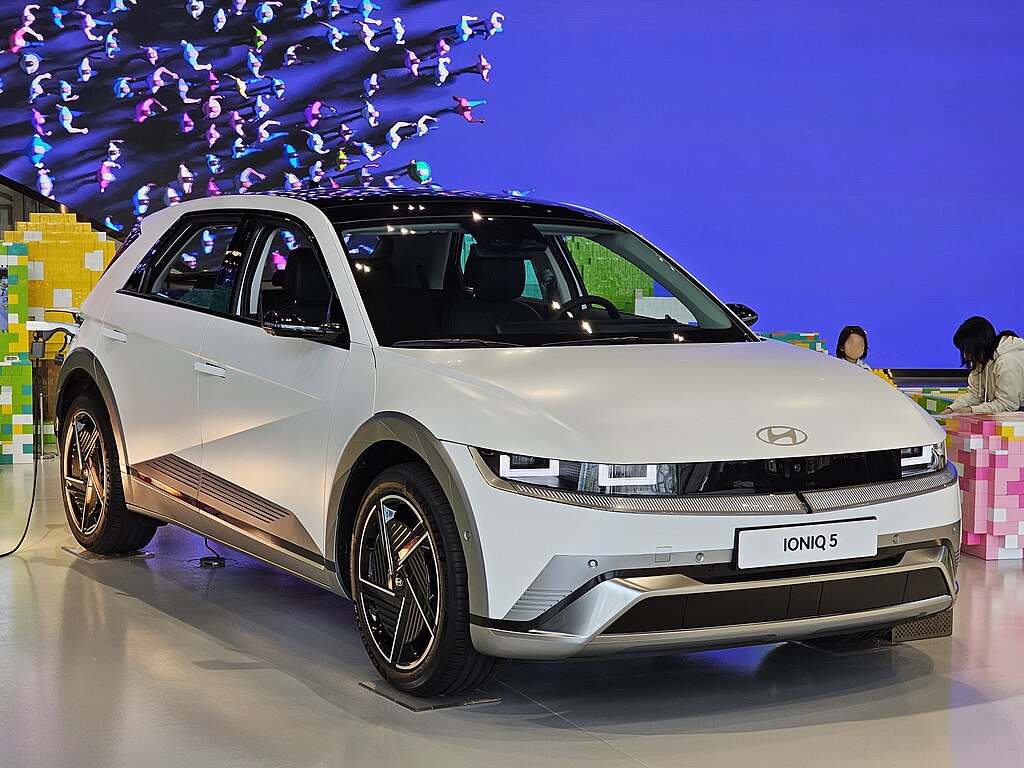Hyundai's New Design Strategy: No Visual Continuity Across Models
Hyundai has embarked on a bold new design philosophy that deliberately abandons traditional visual continuity across its vehicle lineup. Unlike most automakers who maintain consistent design languages to create brand recognition, Hyundai's approach embraces radical individuality for each model, particularly evident in their electric vehicle concepts and production cars. This strategy represents a fundamental shift in automotive design thinking, where each vehicle tells its own unique story rather than conforming to a unified brand aesthetic.

What Makes Hyundai Concept Cars Stand Out?
Hyundai concept cars have become increasingly experimental, showcasing wildly different design approaches that challenge conventional automotive aesthetics. Each concept vehicle explores distinct themes, from retro-futuristic styling to minimalist luxury, without concern for maintaining visual connections to other models in the lineup. The company’s design teams are given unprecedented creative freedom to explore new directions, resulting in concepts that often look like they came from entirely different manufacturers. This approach allows Hyundai to test diverse market reactions and push boundaries without being constrained by existing design languages.
How Does the Hyundai Prophecy Concept Redefine Electric Vehicle Design?
The Hyundai Prophecy concept represents a complete departure from traditional automotive forms, featuring flowing, organic lines that prioritize aerodynamics and emotional appeal over brand consistency. This concept car eliminates conventional design elements like front grilles and sharp character lines, instead embracing smooth, continuous surfaces that create an almost sculptural appearance. The Prophecy’s interior further breaks from convention with a minimalist cabin that resembles a luxury lounge more than a traditional car interior, featuring rotating seats and advanced digital interfaces that blend seamlessly into the organic design language.
What Sets the Hyundai All-Electric Prophecy Apart?
The Hyundai all-electric Prophecy showcases how electric powertrains enable completely new design possibilities freed from internal combustion engine constraints. Without the need for traditional cooling systems, exhaust routing, or large engine compartments, the Prophecy reimagines vehicle proportions and spatial relationships. The concept features an extended wheelbase with short overhangs, creating a cabin-forward design that maximizes interior space while maintaining sleek exterior proportions. Advanced battery integration allows for a completely flat floor, enabling the revolutionary interior layout that would be impossible in conventional vehicles.
Why Is Radical Car Design Becoming Hyundai’s Signature?
Radical car design has emerged as Hyundai’s method for differentiating itself in an increasingly crowded automotive marketplace. Rather than following established design conventions, the company encourages designers to challenge fundamental assumptions about vehicle aesthetics and functionality. This approach extends beyond concept cars into production models, where each new vehicle introduces fresh design elements without necessarily connecting to previous models. The strategy allows Hyundai to appeal to diverse customer segments simultaneously, with each model targeting specific demographics through distinct visual languages.
What Are the Hyundai N Vision 74 Specs That Support This Design Philosophy?
The Hyundai N Vision 74 specifications demonstrate how advanced technology enables radical design freedom. This hydrogen fuel cell hybrid concept produces 670 horsepower through a combination of fuel cell technology and high-performance batteries, allowing for aggressive aerodynamic bodywork that serves both functional and aesthetic purposes. The vehicle features active aerodynamic elements integrated into its striking wedge-shaped profile, while advanced thermal management systems enable the distinctive cooling vents and air channeling that define its aggressive appearance. The N Vision 74’s advanced all-wheel-drive system supports the wide, low stance that gives the concept its dramatic visual presence.
| Model | Design Theme | Powertrain | Key Features | Production Timeline |
|---|---|---|---|---|
| Prophecy Concept | Organic Minimalism | All-Electric | Rotating seats, seamless surfaces | Concept only |
| N Vision 74 | Retro-Performance | Hydrogen Hybrid | 670 hp, active aero | Development phase |
| SEVEN Concept | Luxury Lounge | All-Electric | Swivel seats, premium materials | Under evaluation |
| 45 Concept | Heritage-Inspired | All-Electric | Pixel lighting, geometric lines | Design influence only |
Prices, rates, or cost estimates mentioned in this article are based on the latest available information but may change over time. Independent research is advised before making financial decisions.
This design strategy reflects broader changes in consumer preferences, where buyers increasingly seek unique vehicles that express individual identity rather than conforming to established brand traditions. Hyundai’s willingness to abandon visual continuity allows the company to respond more quickly to emerging trends and technological developments. Each new model becomes an opportunity to explore fresh approaches rather than an obligation to maintain consistency with existing designs.
The success of this approach will ultimately depend on consumer acceptance and market response. While traditional automotive wisdom emphasizes the importance of consistent brand language for recognition and loyalty, Hyundai’s strategy bets that modern consumers value innovation and uniqueness over predictable design evolution. This bold approach positions the company as a design innovator rather than a follower of established conventions, potentially attracting customers who seek vehicles that stand out rather than blend in with conventional automotive aesthetics.




